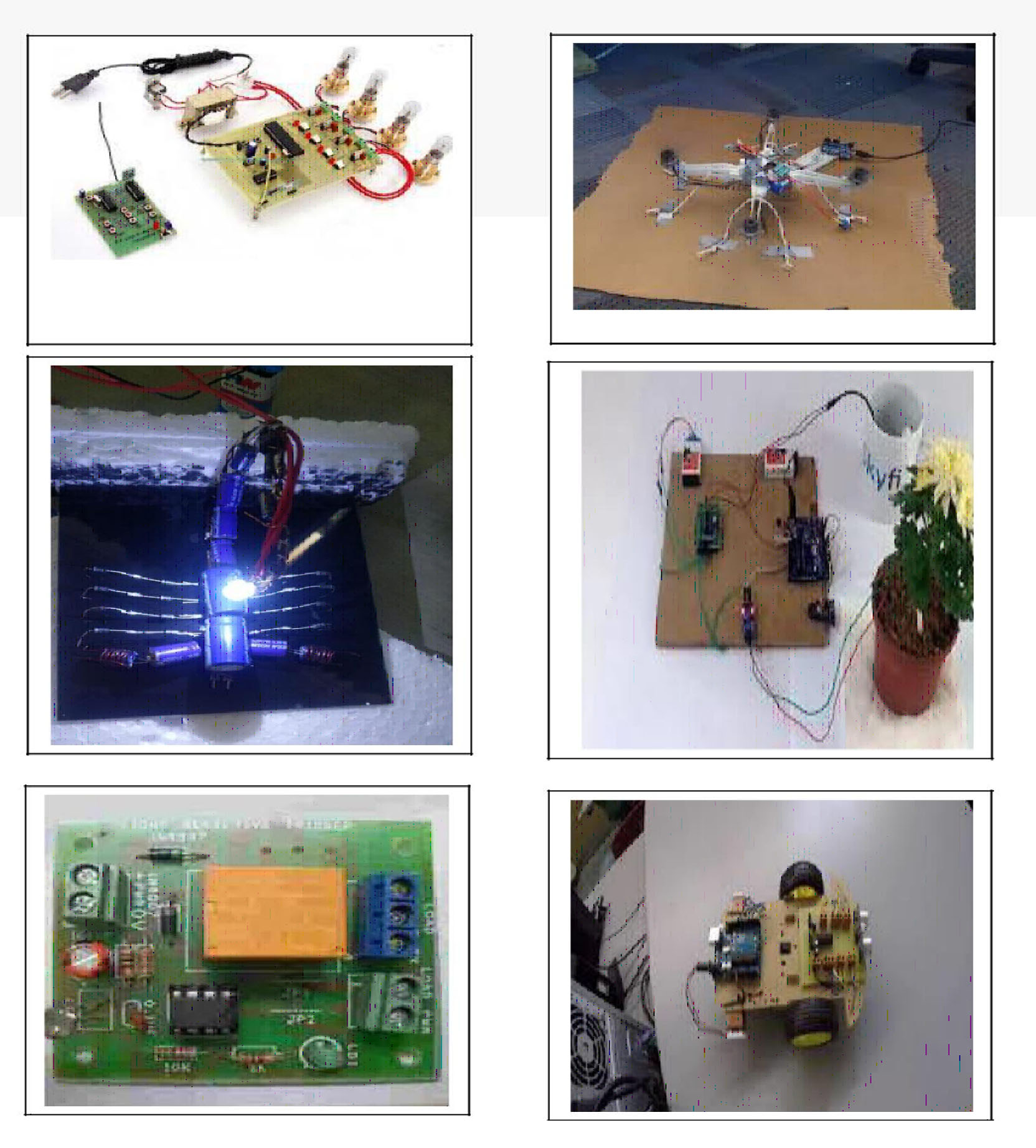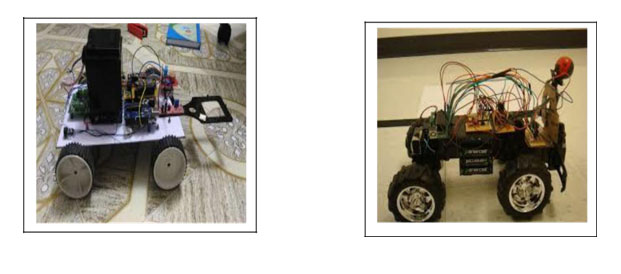FLIP CLUB
The flipped classroom intentionally shifts instruction to a learner-cantered model in which class time explores topics in greater depth and creates meaningful learning opportunities, while educational technologies such as online videos are used to 'deliver content' outside of the classroom. In a flipped classroom, 'content delivery' may take a variety of forms. Often, video lessons prepared by the teacher or third parties are used to deliver content, although online collaborative discussions, digital research, and text readings may be used. It has been shown that the ideal length of the video lesson to be is eight to twelve minutes.
Flipped classrooms also redefine in-class activities. In-class lessons accompanying flipped classroom may include activity learning or more traditional homework problems, among other practices, to engage students in the content. Class activities vary but may include: using math manipulative and emerging mathematical technologies, in-depth laboratory experiments, original document analysis, debate or speech presentation, current event discussions, peer reviewing, project-based learning, and skill development or concept practice. Because these types of active learning allow for highly differentiated instruction, more time can be spent in class on higher-order thinking skills such as problem-finding, collaboration, design and problem solving as students tackle difficult problems, work in groups, research, and construct knowledge with the help of their teacher and peers.
A teacher's interaction with students in a flipped classroom can be more personalized and less didactic, and students are actively involved in knowledge acquisition and construction as they participate in and evaluate their learning.
PATHWAY AFTER ELECTROICS & COMM. ENGG.
The students after completion of the degree can easily avail job opportunities in manufacturing industries and service organizations such as broadcasting, consulting, data communication, entertainment, research and development; and system support
The opportunities are galore for electronics and communication engineers as they are employed in variety of sectors such as Indian Telephone Industries, Civil Aviation, Development Centres in various States, Defence, NPL, A.I.R, Posts and Telegraph Department, Railways, Bharat Electronics Limited, D.R.D.O, Telecommunication, Software Engineering/IT, Power sector, Hardware Manufacturing, Home Appliance and VLSI design, Television Industry and Research & Development.
- Electronics Engineer
With the emerging rise in the electronics industry, new leading firms are springing up to meet the needs of the consumer market. The profile of electronics engineer has a great demand in the market and this has created a lot of opportunities for the ECE aspirants.
- Electronics and Communication Engineer
ECE students could also pursue in the communications, networking, and broadcast, transmission systems work area. This work is mainly targeted to consolidate electronics, conceptualize the communication network framework, and ensure its flawless execution.
- Electronics Design & Development Engineer
Electronics design and development is one of the most preferred choices of position by ECE graduates who want to have dazzling prospects in the electronic designing and development field.
- Desktop Support Engineer
The profile of Desktop Support Engineer is required in almost every IT and non-IT company. This means there will be no scarcity of job options for ECE graduates in this position.
- System Control Engineer
System control engineer job includes not only the designing of complicated systems but also testing of it. This is one of the reasons why the candidates for this profile are recruited as technical supervisors, system control managers, etc.
 Webmail
Webmail


















